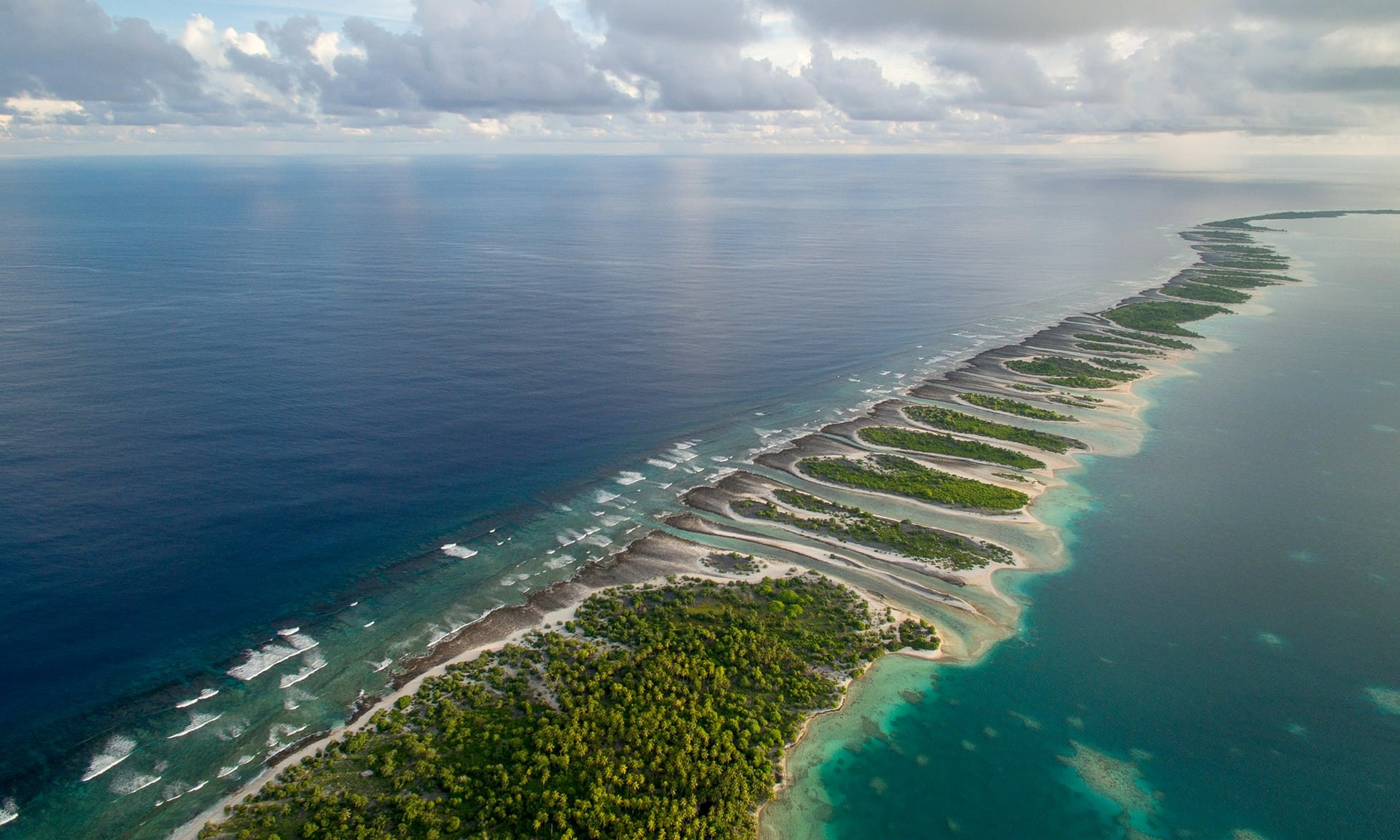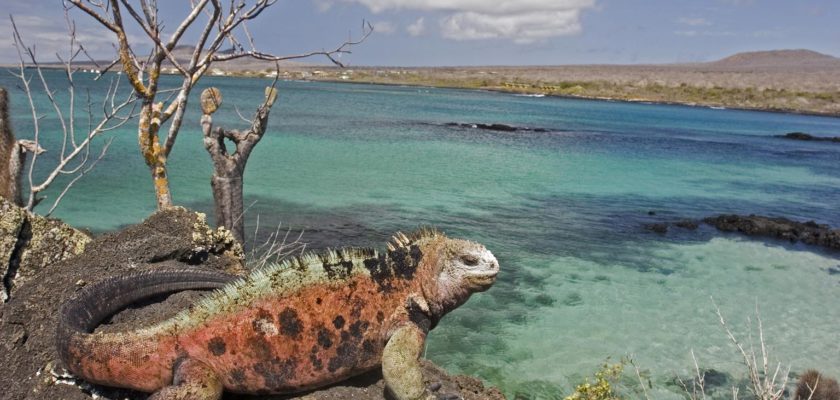Almost every country has its own national parks. Sometimes these are protected areas of land where no one is allowed to just go, but often they are popular recreation spots for walkers and cyclists. Where one national park is only a few square kilometers in size, some national parks stretch for thousands of kilometers. Here you will find the top 7 largest national parks in the world.
Great Limpopo Transfrontier Park – South Africa, Mozambique and Zimbabwe
This international park actually brings together several national parks in three different countries. It is a collection of the South African Kruger Park, the Limpopo National Park in Mozambique and three different national parks in Zimbabwe. Most of the park consists of low savannas, with the Lebombo Mountains crisscrossing the area. There are 500 different birds, but also more than a hundred species of mammals. That immediately makes it one of the most popular safari locations in the world. The park is 99,800 square kilometers in size.
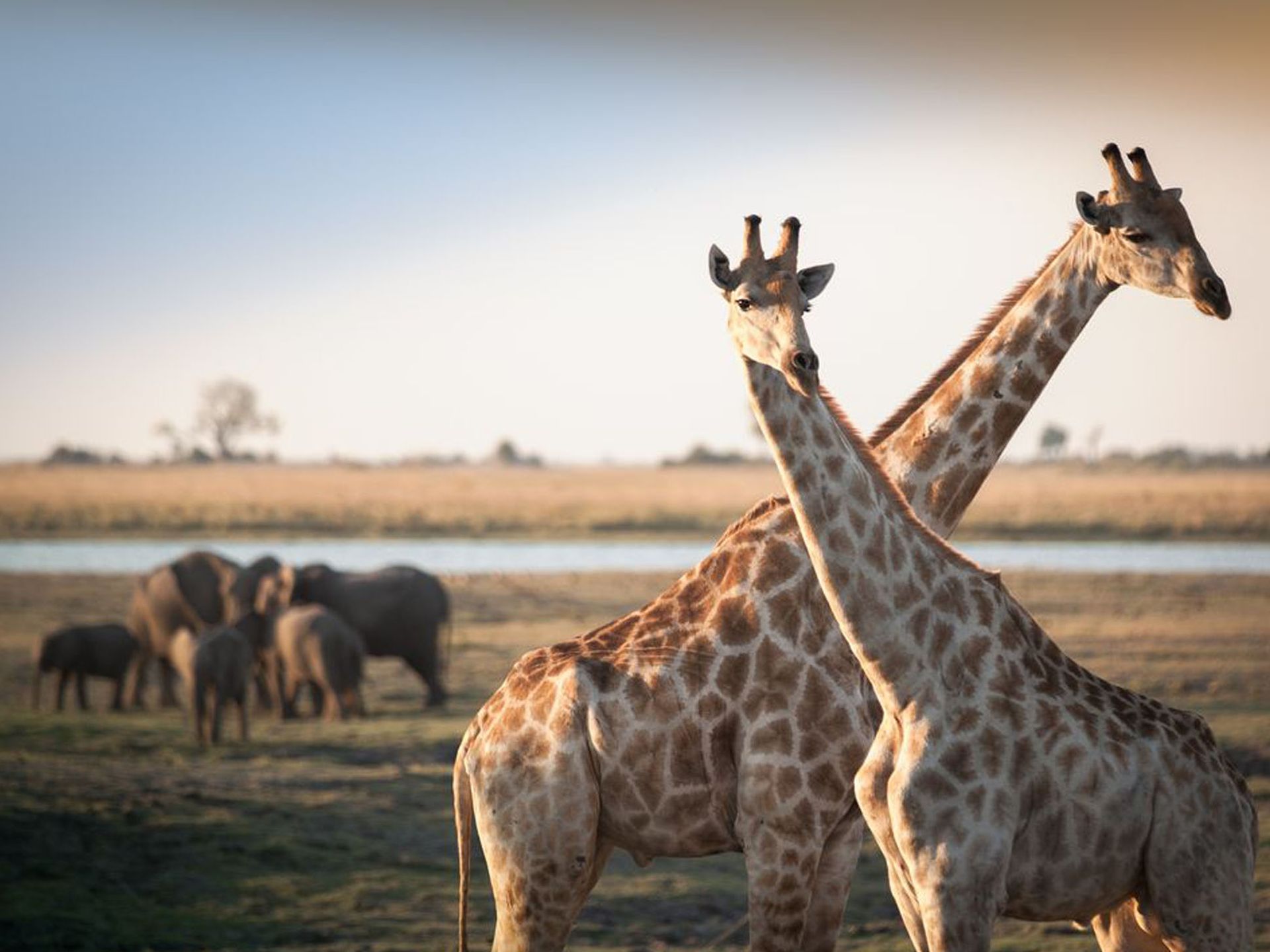
Northeast Greenland National Park – Greenland
The largest national park on land is this one in Greenland, which was established in 1974 and further expanded in 1988. There are many mammals in the park, including 40% of the world population of musk oxen. The arctic fox also feels at home here, as do the arctic hare, polar bear and walrus. You will find different types of whales and seals around the coast. The area of 972,000 square kilometers makes this national park impressive.
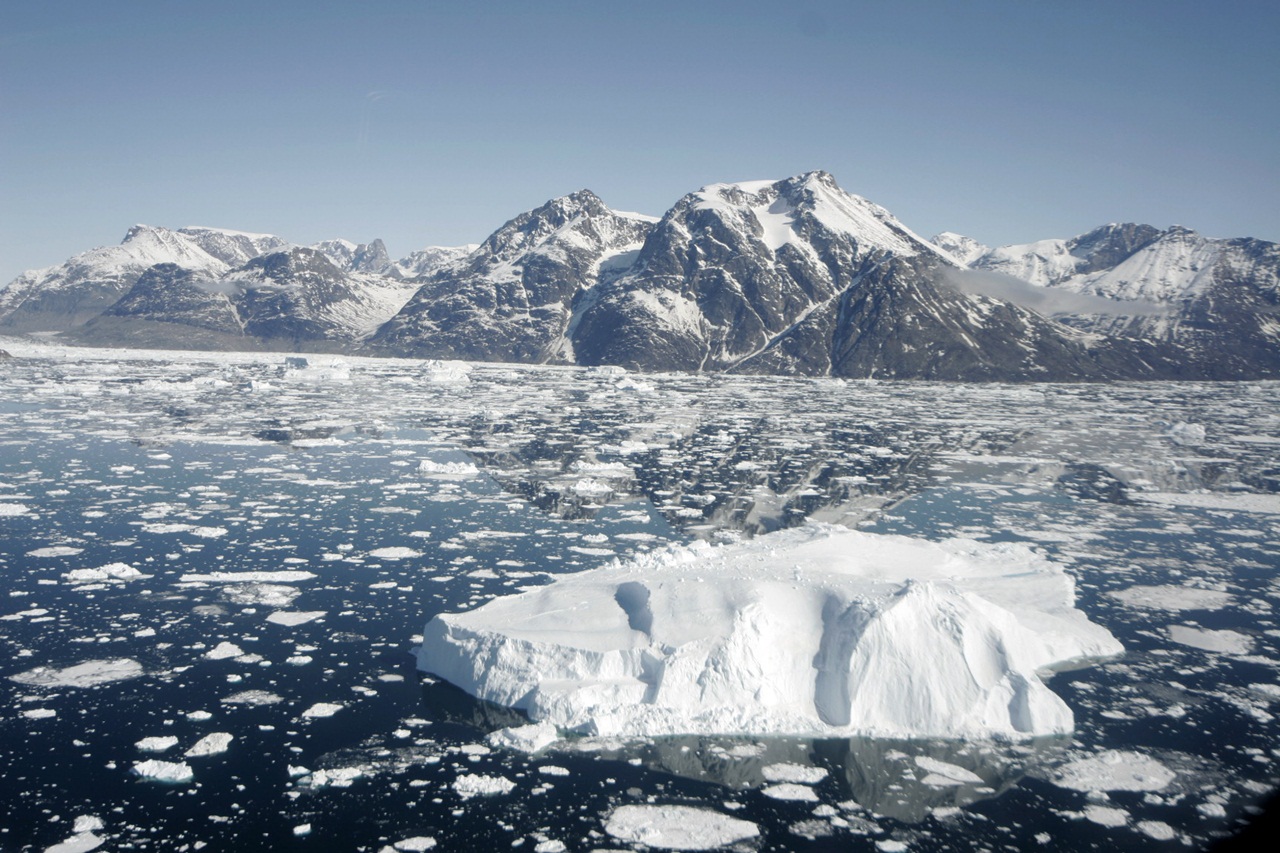
Kavango – Zambezi Transfrontier Conservation Area – Zambia, Botswana, Namibia, Zimbabwe and Angola
This is also a park that spreads over several countries, making it an impressive size. It is twice the size of the United Kingdom. One of the highlights in the park is the Okavango River Delta, but the world famous Victoria Falls can also be admired in this area. The rich flora and fauna makes it a treat to trek through the national park, for example on a safari. The total area is 519,912 square kilometers.
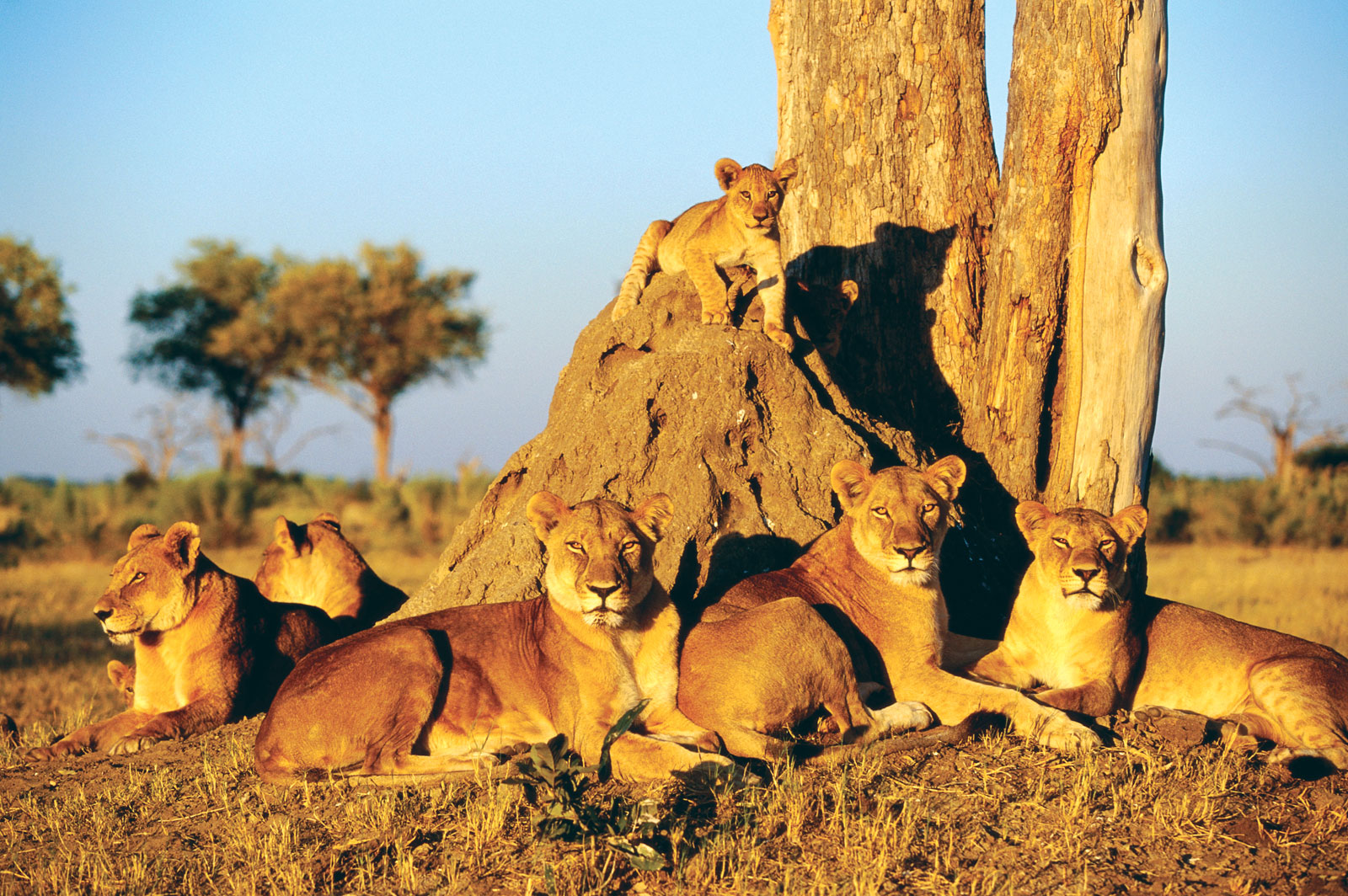
Papahānaumokuākea Marine National Monument – United States
The largest national park in the world is a marine reserve in the US state of Hawaii. It is a relatively young park as it was only established in 2006. It covers much of the Pacific Ocean and is considered sacred by Hawaii’s native inhabitants. There are large coral reefs, as well as numerous species of fish, birds and marine mammals. With an area of 1,510,000 square kilometers, this park has certainly earned the number one on this list.
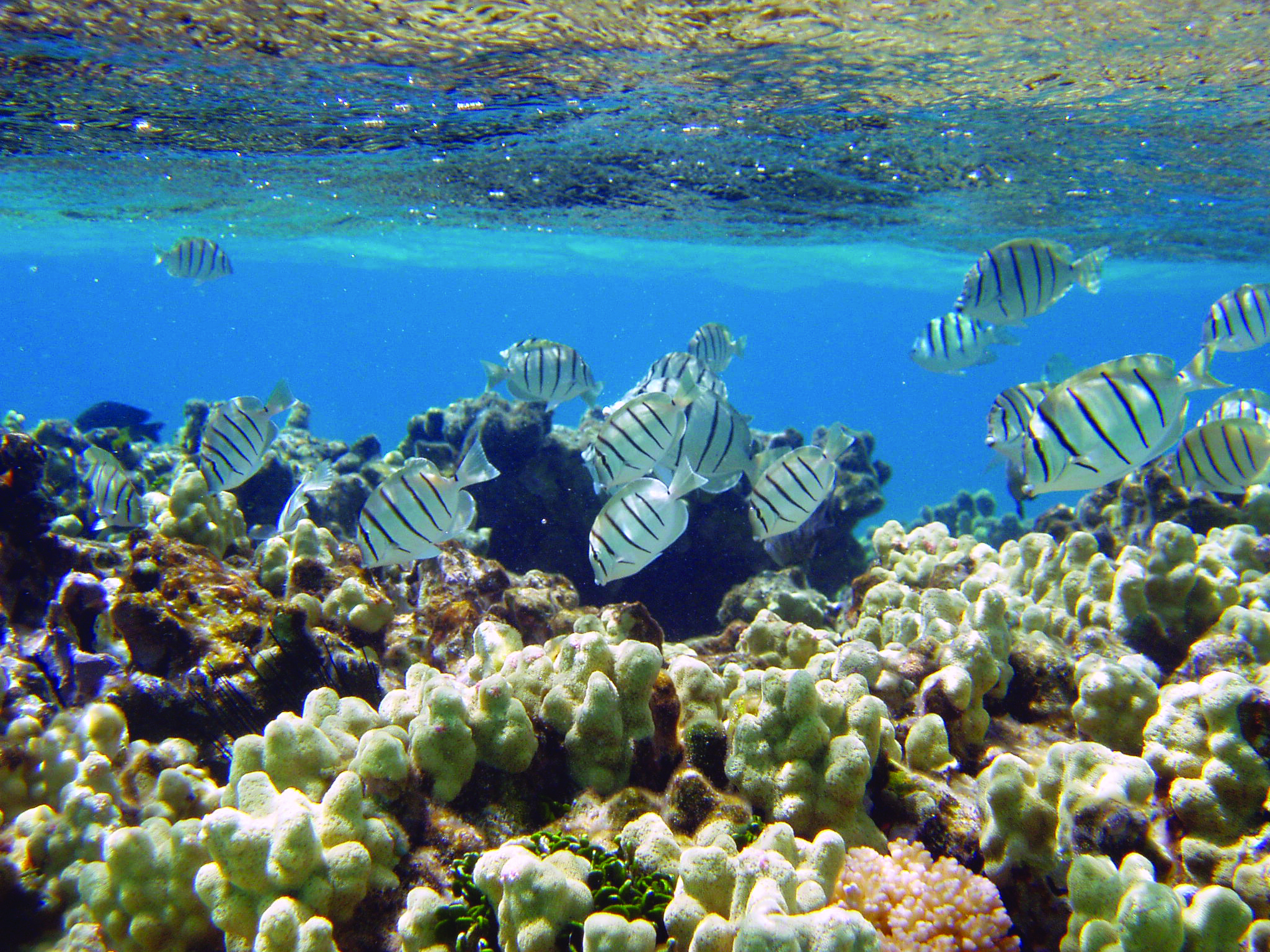
Galápagos Marine Reserve – Ecuador
Many of these major national parks are on land, but this is a marine reserve. It is immediately one of the most diverse sea areas in the world because it is close to the equator. You will find different areas underwater from volcanoes to cliffs and from mountains to coral reefs. As many as 2,900 different animal species live in all these different ecosystems, including whales, dolphins, sharks, sea lions and penguins. With an area of 113,000 square kilometers, they have enough space to swim around.
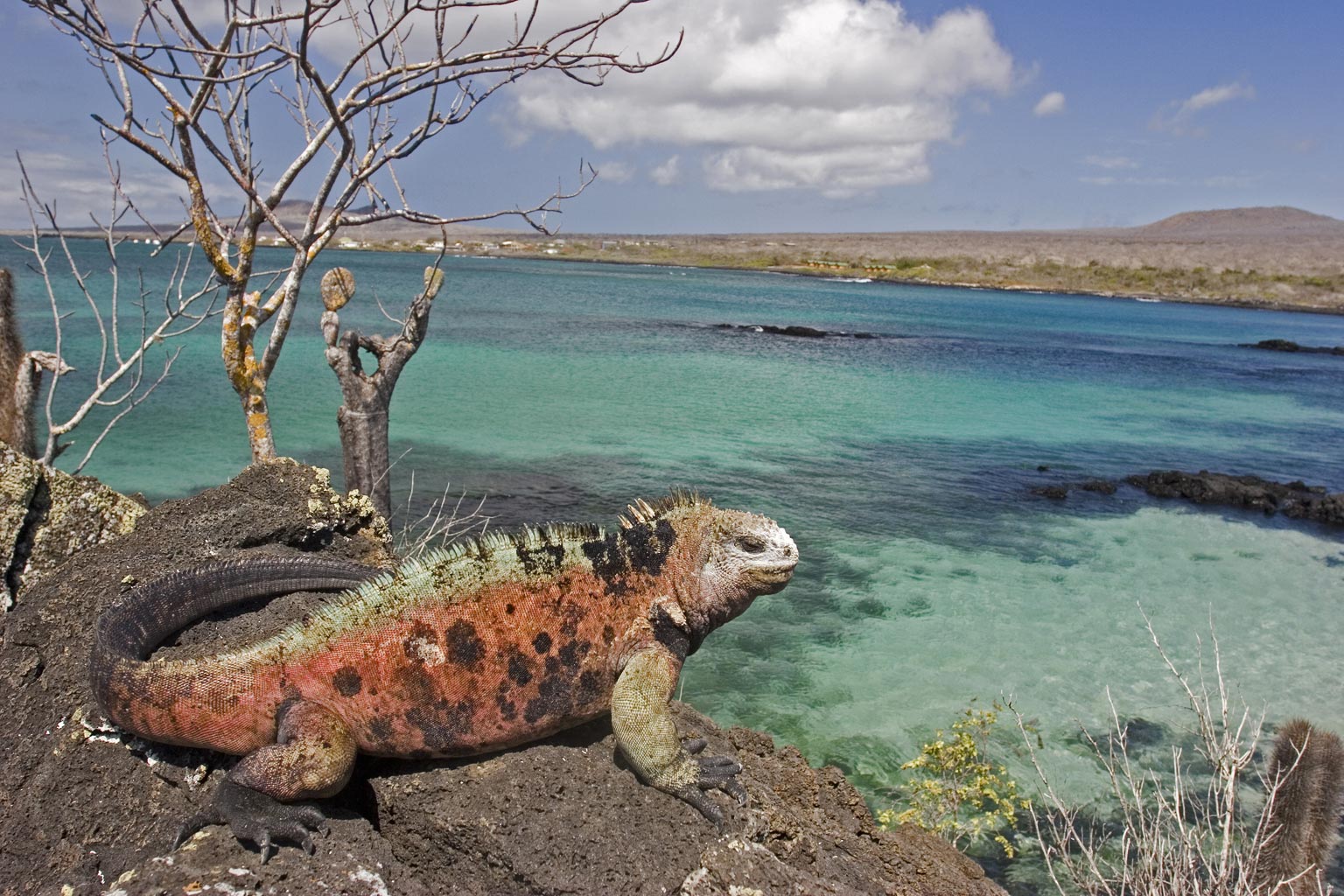
Arctic National Wildlife Refuge – United States
This national park can also be found in Alaska and was established in 1980. It is the largest game reserve in the United States, with an incredibly diverse flora and fauna. Coastal areas, river deltas, lagoons and salt flats are all nice places to live here for different animals. Reindeer feel at home here, as do different types of migratory birds and the musk ox. In September, the national park is filled with geese stopping to eat before traveling further south. The area covers an area of 78,051 square kilometers.
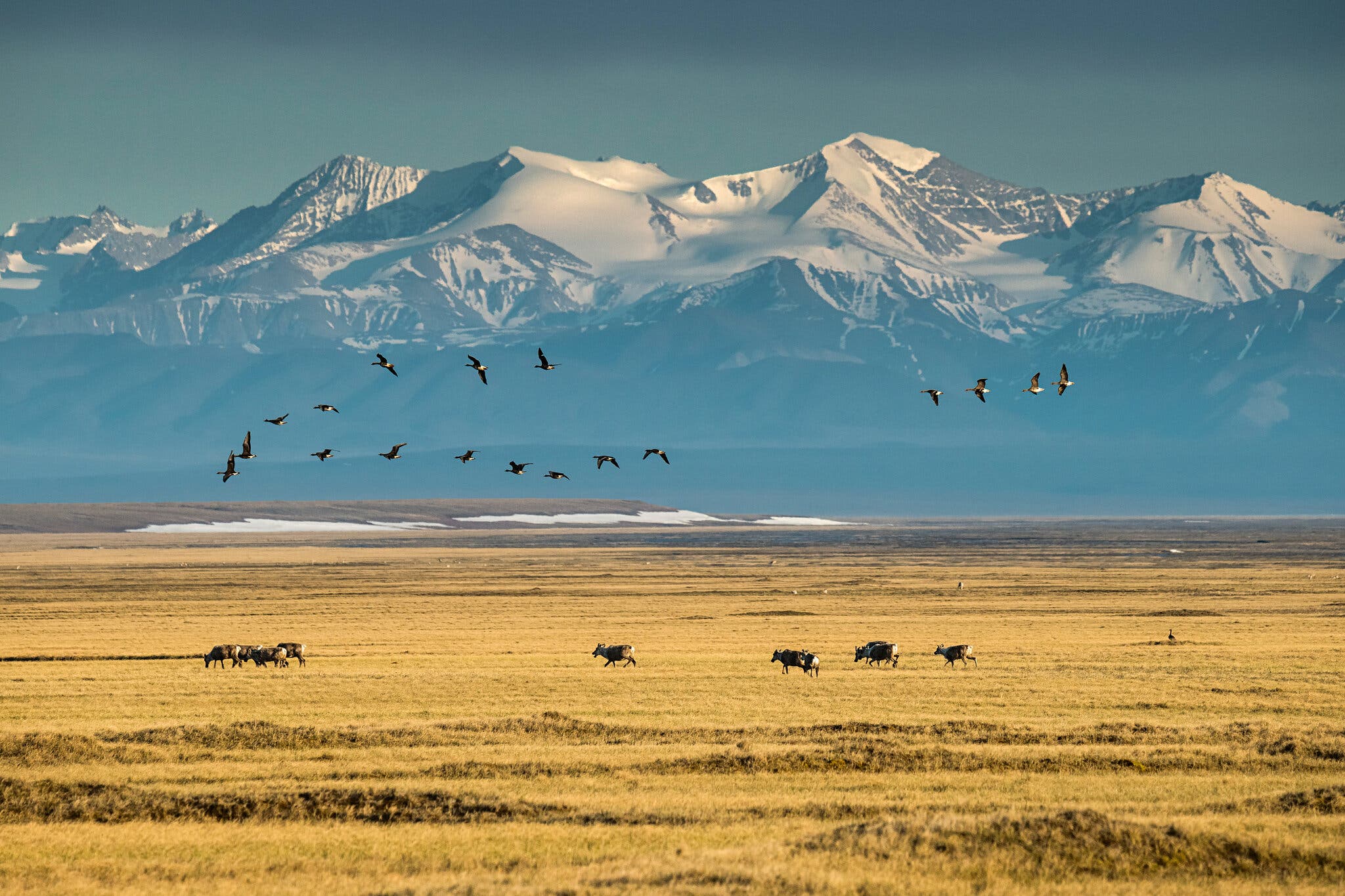
Phoenix Islands Protected Area – Kiribati
This area covers both land and sea around the islands of Kiribati. Being an incredibly remote location, it is a popular place for migrating animal species seeking a resting place in the Pacific Ocean. That is what makes this national park so special. Underwater you can find several volcanoes where as many as 800 animal species have found their home. In total, this national park covers an area of 408,250 square kilometers.
